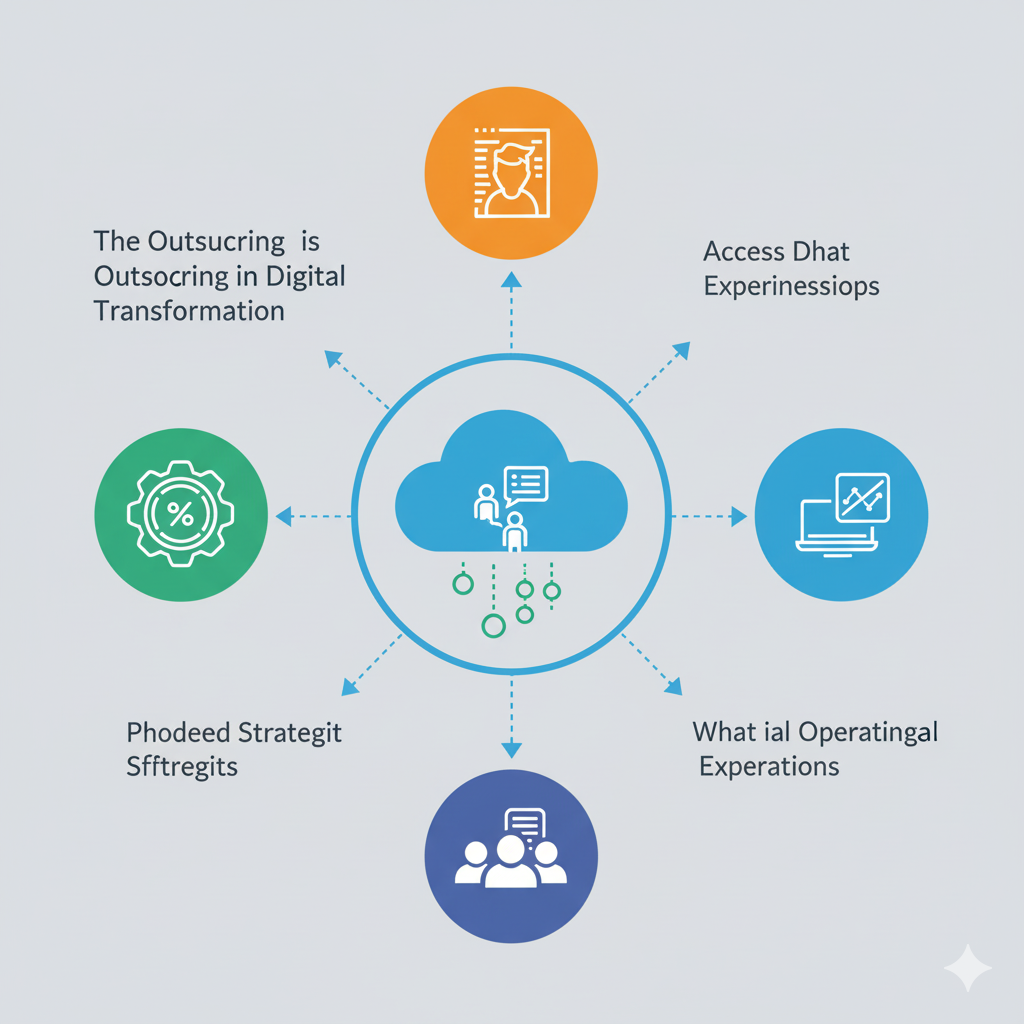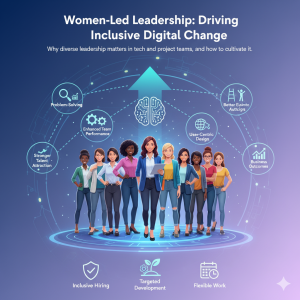It demands a shift in focus from merely managing IT infrastructure to strategically leveraging external capabilities to drive digital innovation.
- Strategic Vendor Selection: The choice of an outsourcing partner moves beyond just pricing. CIOs must now evaluate partners based on their technical depth, innovation capabilities, industry-specific expertise, and cultural fit. Are they truly a partner who can help co-create the future?
- Co-creation and Collaboration: Successful partnerships will involve deep collaboration, often integrating external teams directly into internal agile workflows. This requires robust communication channels, shared goals, and a mutual understanding of technical and business objectives.
- Risk Management for Innovation: While outsourcing brings expertise, it also introduces new layers of risk – data security, intellectual property, and vendor lock-in. CIOs must establish comprehensive governance models that balance innovation with robust risk mitigation strategies.
- Focus on Core Innovation: By offloading specialized but non-differentiating digital capabilities (like advanced analytics platforms or cloud migration boilerplate), CIOs can free up their internal teams to focus on truly core, differentiating innovation that directly impacts the business’s unique value proposition.
What This Means for COOs: Operational Excellence Through Digital Leverage
COOs, traditionally focused on operational efficiency, also find their role expanding. Outsourcing now offers a pathway to not just maintain, but to redefine operational excellence through digital means.
- Process Transformation: External partners can bring expertise in process re-engineering and automation (RPA, AI) to revolutionize operational workflows. This leads to not just incremental improvements, but step-change enhancements in efficiency, quality, and speed.
- Data-Driven Operations: Leveraging outsourced data analytics teams can provide COOs with deeper insights into operational performance, supply chain efficiencies, and customer behavior, enabling truly data-driven decision-making.
- Customer Experience Enhancement: Outsourcing digital development for customer-facing applications and interfaces can rapidly improve customer experience, an increasingly critical differentiator for operations.
- Strategic Resource Allocation: COOs can strategically deploy internal resources to core business functions and customer interaction, while relying on external experts for the complex, technical heavy-lifting of digital transformation. This optimizes both cost and impact.
The Hybrid Model: The Best of Both Worlds
The future of outsourcing isn’t an “either/or” scenario but a “both/and” proposition. Many organizations are embracing a hybrid model where a strong in-house core team focuses on strategic direction and unique intellectual property, complemented by flexible, specialized outsourced teams that provide scalability, accelerate development, and inject cutting-edge capabilities.
This blended approach allows organizations to remain agile, cost-effective, and – most importantly – at the forefront of digital innovation.
Conclusion
The journey of digital transformation is complex, demanding a diverse array of skills, technologies, and strategic thinking. Outsourcing has evolved to become a powerful ally in this journey, transforming from a mere cost-saving tactic to a dynamic driver of innovation, efficiency, and competitive advantage. For CIOs and COOs who embrace this new paradigm, the future of their organizations in the digital age looks remarkably promising.




